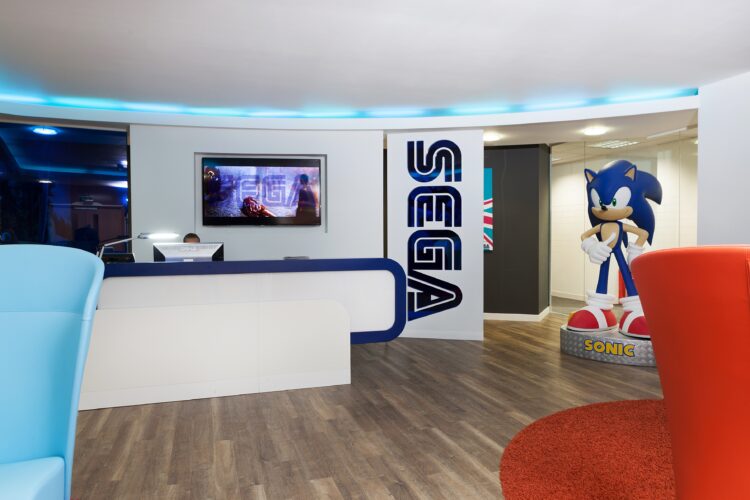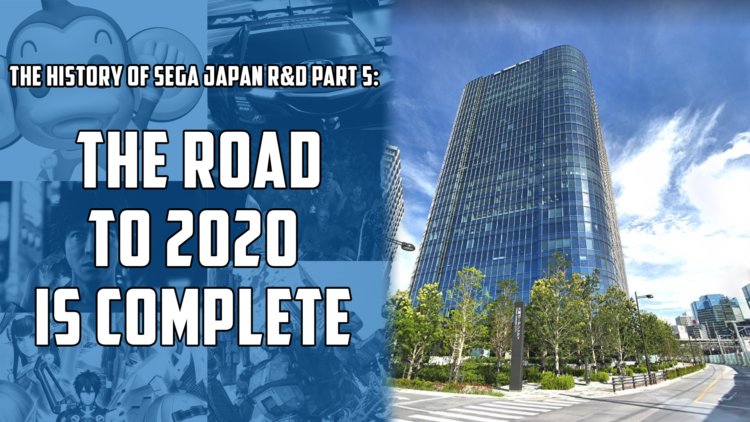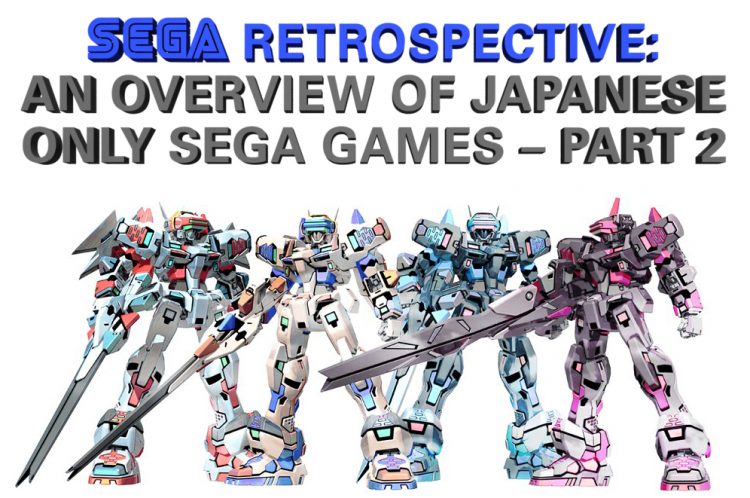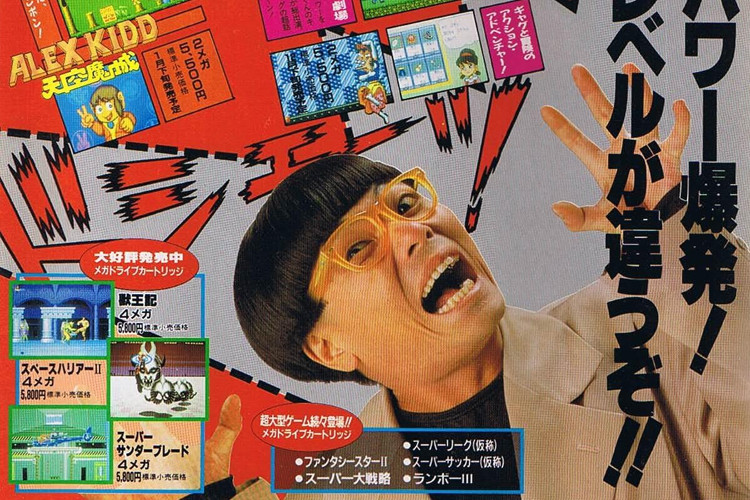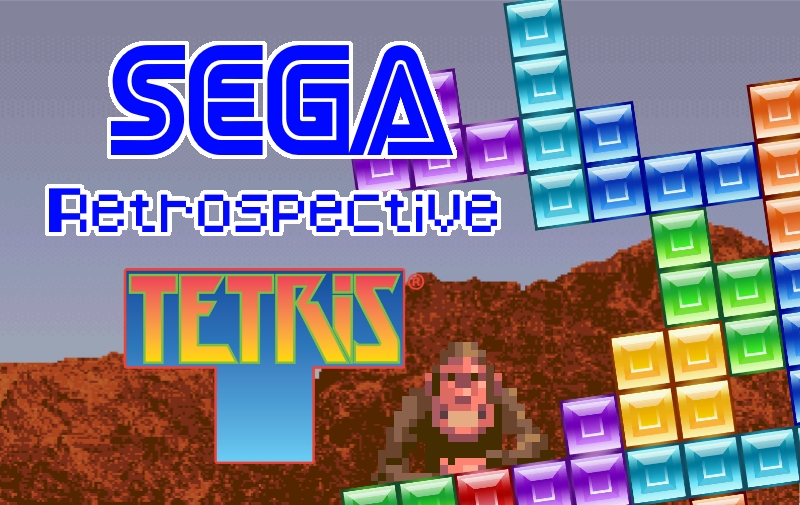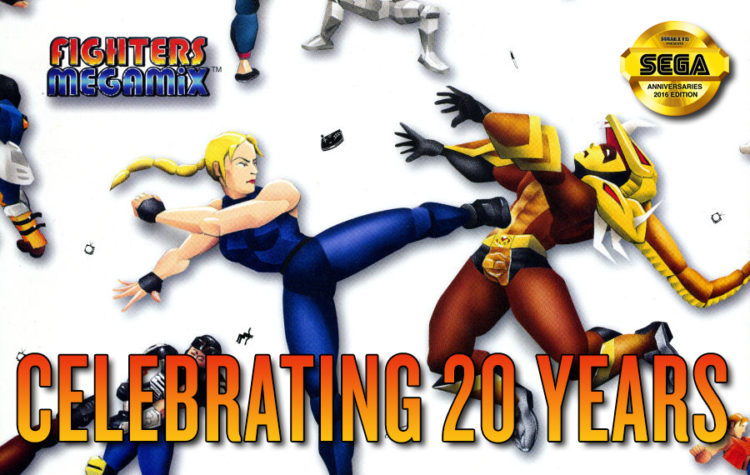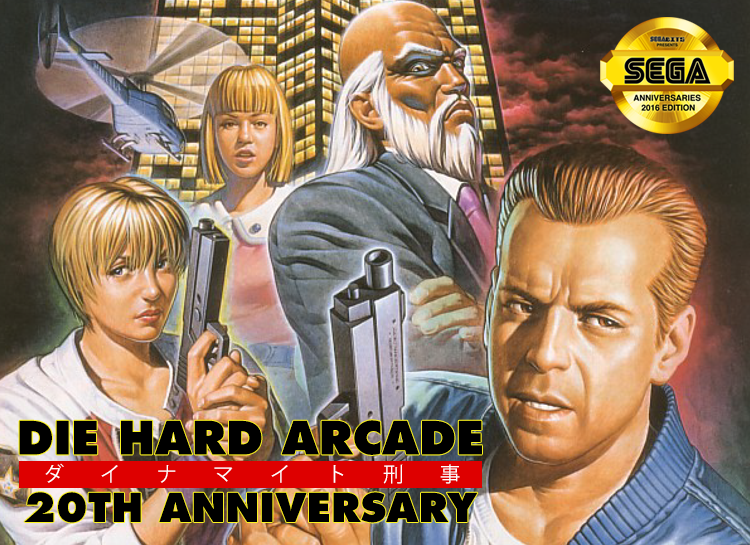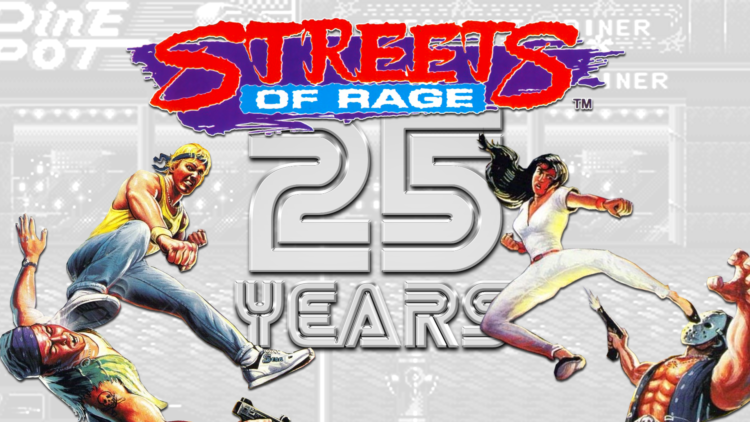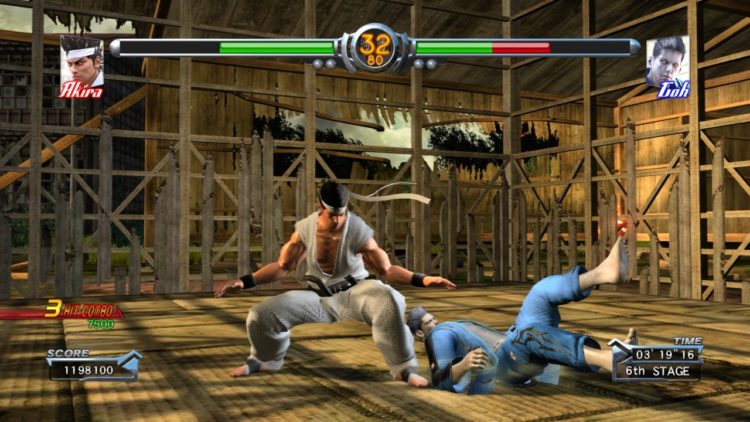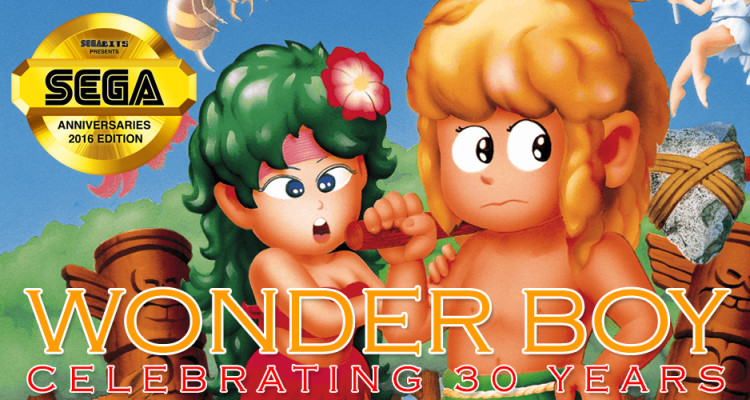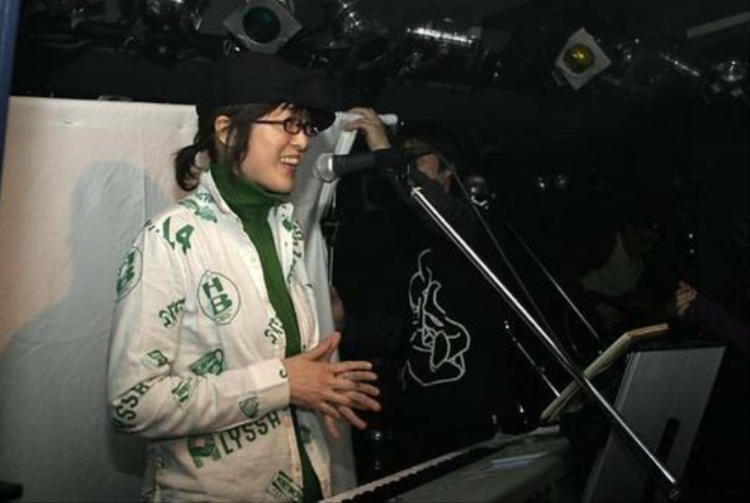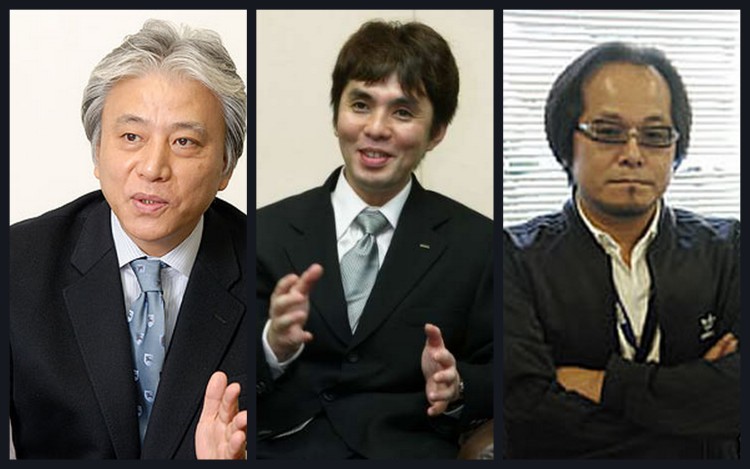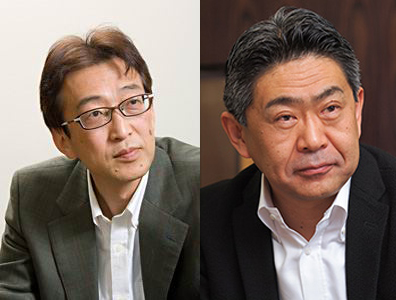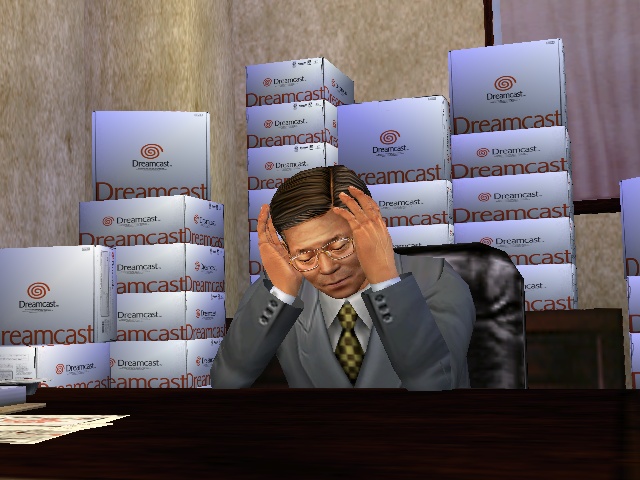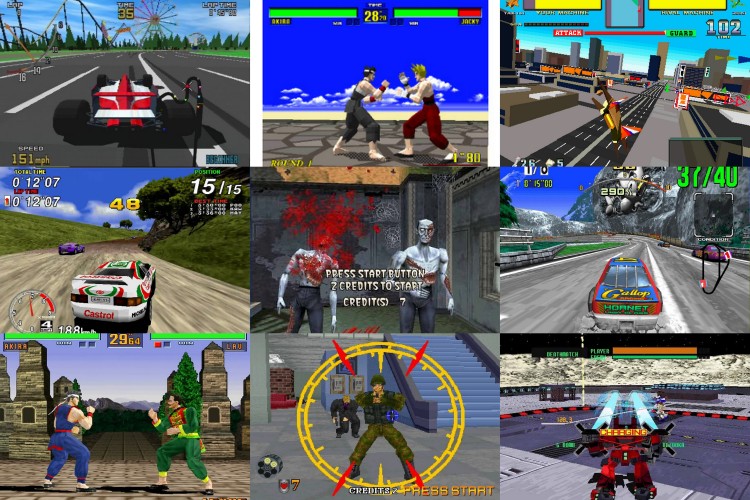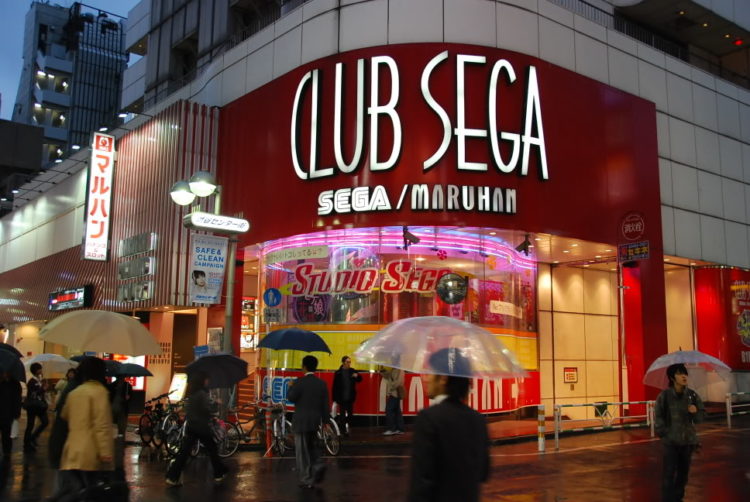
Arcade? When you ask the modern western gamer about such a concept, they will likely know about the genre of “arcade” in today’s market of downloadable games on console, PC and smartphone. Home and mobile ports of classic coin operated titles. But twenty years ago, people would visit actual venues to play games they could otherwise not to, offering considerable advantages in graphics, controls and cabinet designs.
Putting a coin into a machine should get you more enjoyment that you expect out of it. That has been the ethos of SEGA’s coin-up division for as long as existed. Immediate, visceral, thrilling; all of that should be encapsulated into the experience. One session should not go longer than 3 minutes. Often times games offer more depth as well, which is best summed up by the phrase “easy to learn hard to master” – which can be said of countless fighting games.
But different cultural perspectives can transform one concept considerably, and this can be applied to arcade games. Back in the glory days of arcades, westerners played in an arcade maybe once a month or even once a week at most. However in Japan, with its density of population, going to an arcade can become simply a part of your everyday routine, similar to how westerners play their games on home and mobile platforms. But what could one keep coming back to the arcade, time and again? Cards. Yes. Magnetic cards.
Continue Reading ➜

